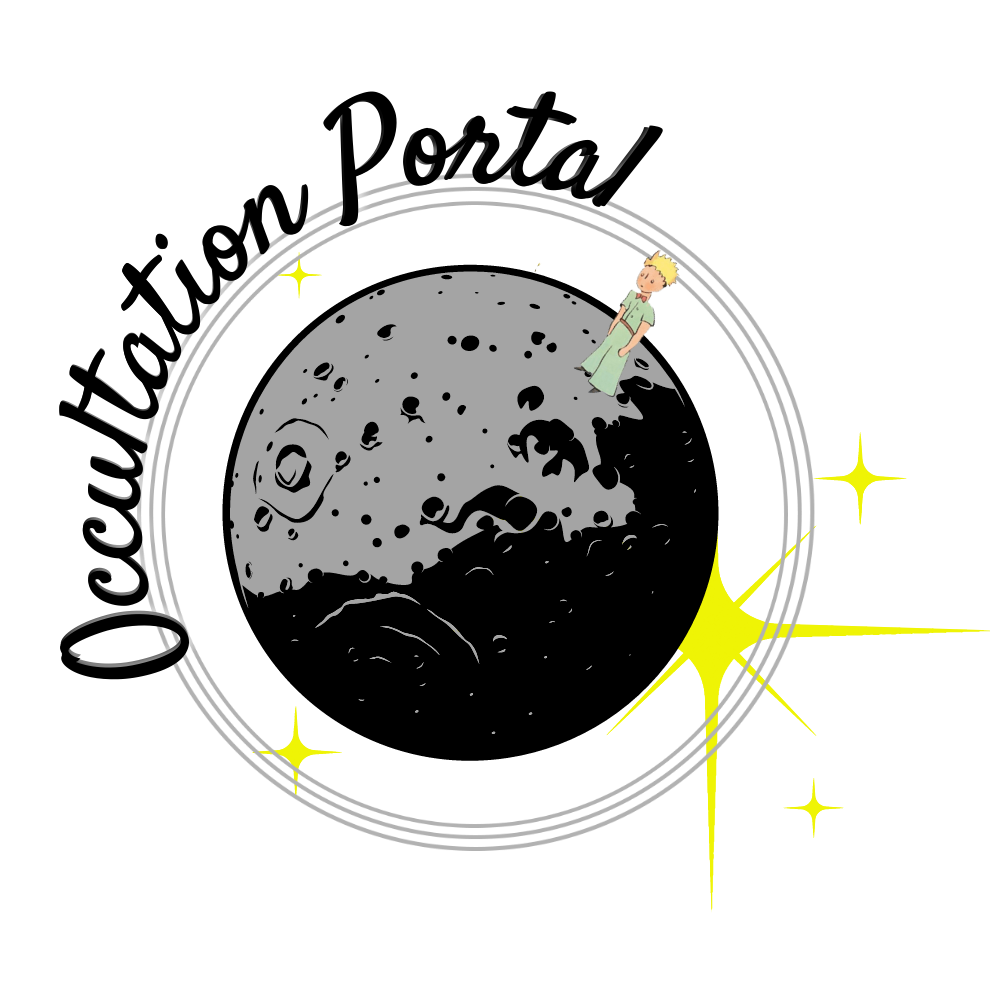Data and services used here are (from):
CDS,
MPC,
JPL,
Lowell Observatory,
Gaia collaboration,
USNO,
ARI Heidelberg,
ESA,
IERS,
DAMIT,
SiMDA,
3D Asteroid Catalogue.
This work has made use of data from the European Space Agency (ESA) mission Gaia (https://www.cosmos.esa.int/gaia), processed by the Gaia Data Processing and Analysis Consortium
(DPAC, https://www.cosmos.esa.int/web/gaia/dpac/consortium). Funding for the DPAC has been provided by national institutions, in particular the institutions participating in the
Gaia Multilateral Agreement.
Occultation observations:
We acknowledge the contributions of several thousands observers who have provided the observations in the data set. Most of those observers are affiliated with one or more of (i) European Asteroidal Occultation Network (EAON) · (ii) International Occultation Timing Association (IOTA) · (iii) International Occultation Timing Association - European Section (IOTA-ES)
· (iv) Japanese Occultation Information Network (JOIN) · (v) Trans Tasman Occultation Alliance (TTOA).
We acknowledge the tremendous work by many local and global data collectors and validators and the Occult software
by Dave Herald often used for this work (see also Herald et al. 2020), and for providing the observation data (1958-) to the community.
We acknowledge the data collection and validation of European observations (1997-2022) by Eric Frappa (euraster.net), and for providing the observation data to the community.
Additional references:
- Herald, D. et al. (2020), Precise astrometry and diameters of asteroids from occultations - a data set of observations and their interpretation. MNRAS, 499, 3, ADS: 2020MNRAS.499.4570H.
- Ďurech, J. et al. (2010), DAMIT: a database of asteroid models, A&A, 513, A46, ADS Bibcode: 2010A&A...513A..46D.
- Gaia Collaboration et al. (2018): Gaia Data Release 2. Summary of the contents and survey properties. ADS Bibcode: 2018A&A...616A...1G
- Mignard et al. (2018): Gaia Data Release 2. The celestial reference frame (Gaia-CRF2). ADS Bibcode: 2018A&A...616A..14G
- Gaia Collaboration et al. (2021): Gaia Early Data Release 3. Summary of the contents and survey properties. ADS Bibcode: 2021A&A...649A...1G
Software used : Python, NumPy, SciPy, Pandas, Astropy, Matplotlib, Django, JavaScript, SQLite, Leaflet and Plugins, OpenStreetMap, NOVAS, SOFA, Linux, Git, GNU Fortran, Povray, and some more open source projects and contributions.
|


